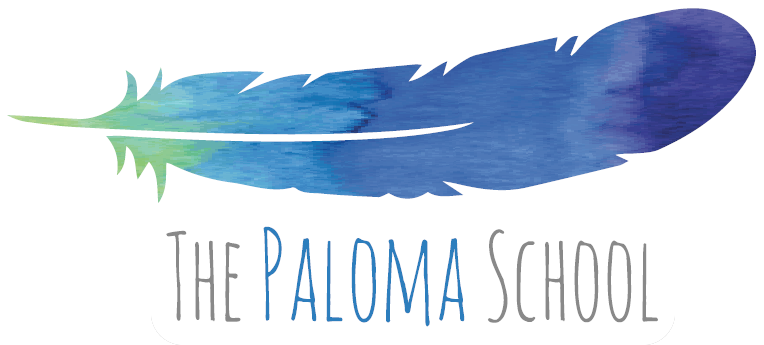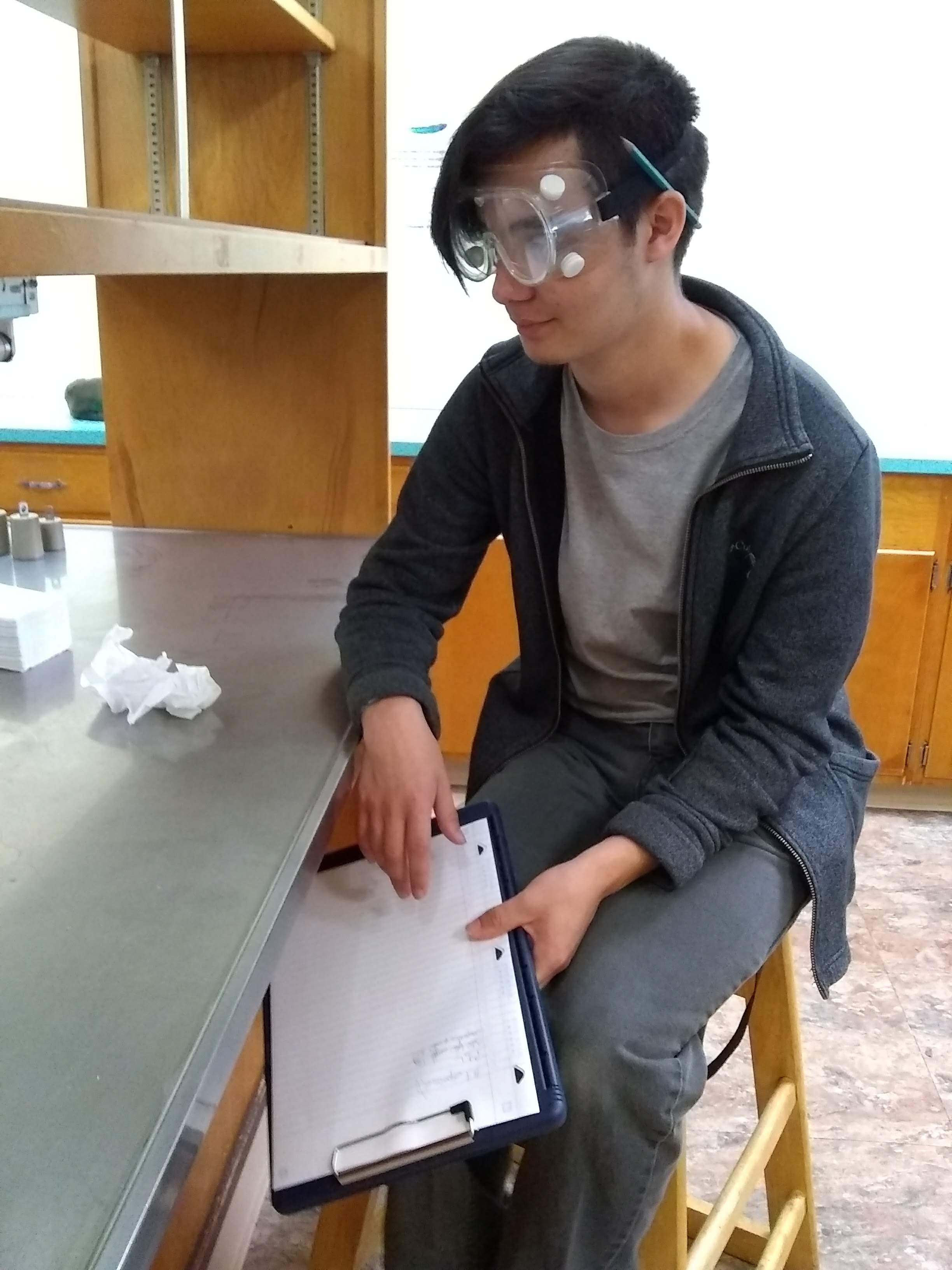My Final Term
This year is my last one, the last until college. It was a good year, one with a lot to learn and a lot of fun. Multiple things caught my attention, and I am glad to know them. A year busy but at the same time fresh. Last term, there were many things to do and learn.
In Bible, we studied the introduction of John, specifically from John 1:1-16. In these verses, we learned how each minuscule detail can say many things. The ways that John writes make it enjoyable to read, as well as how he explains the relation of Jesus with God, being one with the other and all one. The resemblance with Genesis and how it makes you want to read more apart from the introduction is something sublime and to appreciate.
We learned in art about crocheting. It is something that you will only want a minor detail if you are using big yarn. We also learned a bit about origami. With basic folds, you can do different patterns and cool designs, and you do not need much to make extraordinary things. Finally, we learned about a specific artist with a particular style; his work focuses on African American people with simplistic shapes and colors, which makes it a good technique.
In terms of a specific artist, we learned about Edmonia Lewis, a sculptor that did a good variety of sculptures with a technic of giving texture to marble. A relevant topic of her sculptures is Indian Americans.
We learned about how Africa divides into different regions. How it has in the north a complete desert (Sahara Desert), middle north the savanna, in the center the rainforest, and finally, in the south more savanna and desert. It also has many lakes in its east area and the well-known island of Madagascar in that same direction.
In history we learned multiple things. One of them was about how in Paris there was a lot of influence of Americans that went there and left their mark. Tom Thumb, for example, became rich after helping as an attraction; Native Americans went to Paris as to show themselves with the painter Catlin who painted them; or the pianist Louis who even Chopin complimented. We learned of how people started a revolution in France because the French felt that their government treated them unfairly, but that at the end it seemed more as a reproach of the French and more chaos was done.
We also learned about how the first World War (knew before as “The Great War”) started. We read how Russia was a potential threat to Great Britain and that Russia may ally with countries that could also become a threat to Great Britain if united.
We learned that sometimes not only the material might affect the resistance of an object, but its shape as well. A great example of that is the hyperbolic paraboloid, which is like a flat structure that bends giving more resistance. The best way to explain a hyperbolic paraboloid is that it has the shape of a pringle (and yes, this also means that pringles have a hyperbolic paraboloid structure, which is cool if you think about it). Sadly, hyperbolic paraboloids are not commonly used because it’s expensive to build.
Something else that we learned was about cathedrals and their main characteristics such as the use of flying buttresses. They are not only esthetic, but they help to support the main structure and other flying buttresses help to support the ones supporting the main structure, which gives a cool design. Other details include their cross-shaped floors and their opened areas with columns and space.
Finally, we learned of domes, which are various arches that share the same point of union and have good resistance. They are commonly used for roofs by the shape which rest a lot of space.
We learned multiple properties and formulas to use for equations. We learned about solutions, which are solutes (liquids) that have been dissolved by a solvent (any other matter). We learned about pressure, which is the force per unit area exerted on an object, specifically on gases.
We learned about heat properties and of exothermic and endothermic solutions. Exothermic solutions release heat, while endothermic solutions absorb heat. We learned of molarity which is the number of moles of solute per kilogram of solvent. Another heat property is that each substance has a specific heat that can be measured either in joules or calories, which is not the typical calories on food, but they have a difference of 1,000 calories.
We also learned of reaction rates, which are the rate of change of a product in a chemical reaction.
I learned about radians and how to convert them to degrees if necessary. I learned of polar equations and polar graphs, and how to change from one to another. I also learned vectors, and how to find them using polar equations and polar graphs.
I learned of relations and how to recognize functions where there is a singular value for y for x in them. I also learned to involve more than one function in equations and how to resolve them.
For book café in this term, we read three books: Tom’s Cabin, Silas Marner, and Sherlock Holmes. Tom’s Cabin talked about the difficult times in the eighteen hundreds to slaves, and we see specifically one slave known as Tom and how he struggles in his life. The second book, its about Silas Marner and how he is a foreign, is not treated good and struggles in the beginning to interact with people and take care of a baby at the same time. Finally, Sherlock Holmes which is about the adventures with his dear Watson covering difficult cases. Tom’s Cabin and Silas Marner have specific messages which I can empathize with the stories.
In the end, being involved in readings, participating, and generally having fun on Paloma was extraordinary. The many field trips, the many book café, and the many fun times were enjoyable and something that I will miss, knowing that these are the last ones, but I will preserve them as good memories.



